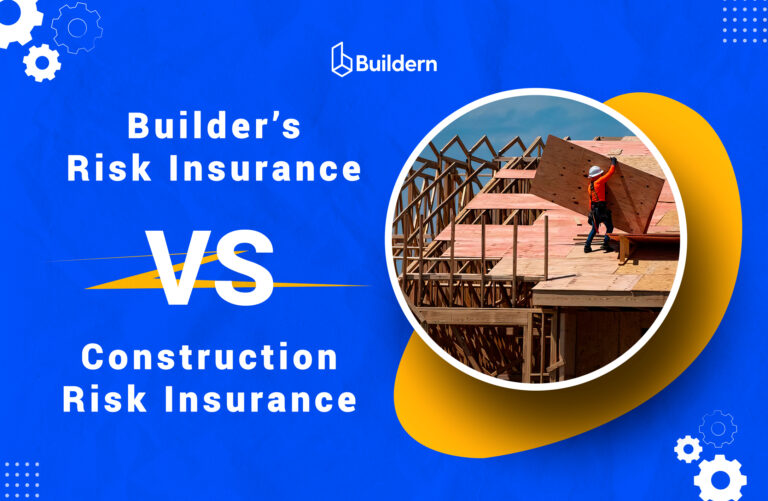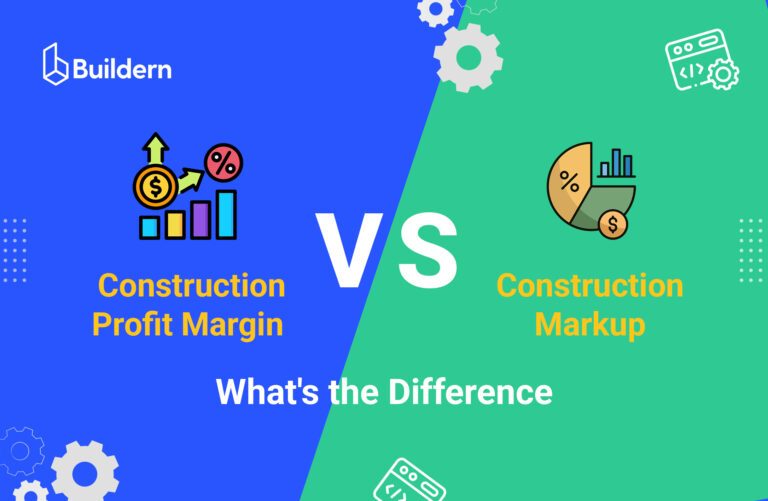Advertising for Contractors: A Short Guide to Ad Tools
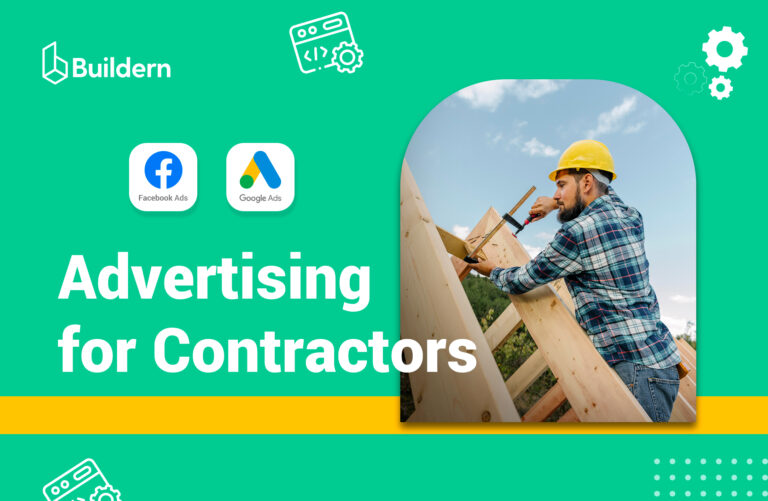
How to advertise a building business without spending too much? General contractors work in a very competitive environment. Like any other business, they want to reach more customers.
Having a flashy banner or digital ads is a good tactic. However, the number one concern is how to target the right homeowners. The goal is not to simply have ads looming before clients’ eyes. The real challenge is making sure every dollar works to bring in leads.
In this blog, we will discuss how smart advertising for contractors works and how to present your services and case studies wisely through ads.
Table of Contents
- Advertising vs. Marketing for Contractors
- Set the Stage for Ad Campaign
- Best Advertising Channels for Contractors
- Marketing Beyond Ads

Advertising vs. Marketing for Contractors
Some businesses believe marketing and advertising are the same until they spend money on ads that don’t bring results. The truth is, advertising is just one piece of the marketing strategy. Knowing the difference can be the key to standing out in a competitive industry like construction.
Marketing Builds the Message
Marketing is a broad range of activities, including advertising. It’s about a strategy that builds trust and shapes the perception of how people see your business. Marketing starts with positioning the building firm. Why should a homeowner choose this particular general contractor over others?
The main idea is to create case studies and real-time photos that people will remember when it’s time to build. For example, if your social media channels are full of real project photos, people might think: “This contractor builds exactly the house that I want.”
So, a good marketing strategy for contractors includes:
- Brand positioning
- Client testimonials and case studies
- A strong digital presence (website, social media, SEO)
- Educational content like blogs, project updates, or FAQs
Advertising Delivers the Message
Advertising for general contractors is a paid method of promotion. In other words, it’s how you get in front of the right audience fast.
The advertising channels include:
- Banners (outdoor banners and display ads)
- PPC ads
- Social media ads
To sum up, marketing encompasses both organic and paid methods of promotion. Meanwhile, advertising is only a paid way of showcasing the contractor’s services.
However, advertising without marketing is like building a custom home without blueprints. When aligned, they generate qualified leads that are ready to convert. Adding construction management software into the mix, both marketing and advertising become even stronger. Let’s see how it works.
Set the Stage for Ad Campaign
Construction business owners may think advertising is just one step. But the reality is that before spending money on ads, the contractor should make sure he is ready for a flow of calls and messages. Here are some key points to take into account before running any ad campaign.
Prepare for Inquiries and Follow-Ups
No matter if you are running a street banner or a digital ad on Google, the moment a campaign goes live, you need to respond fast.
Clients don’t wait around. If they reach out and do not hear back quickly, there’s a chance they will move on and never return. A slow reply can make you look unreliable, even if your work is top quality.
Once leads start coming in, make sure your team is prepared to:
- Respond promptly to emails, phone calls, or form submissions,
- Track each inquiry,
- Use pre-written templates for quotes and estimates.
Advertising only works when it leads to real conversations. In case there is no capacity to follow up consistently, consider attracting extra help.
Have a Great Google Business Profile
If a client finds the ads interesting, the next step is to Google the business. The Google Business Profile often appears before the website. This works in local searches and is one of the most visible tools a general contractor has.
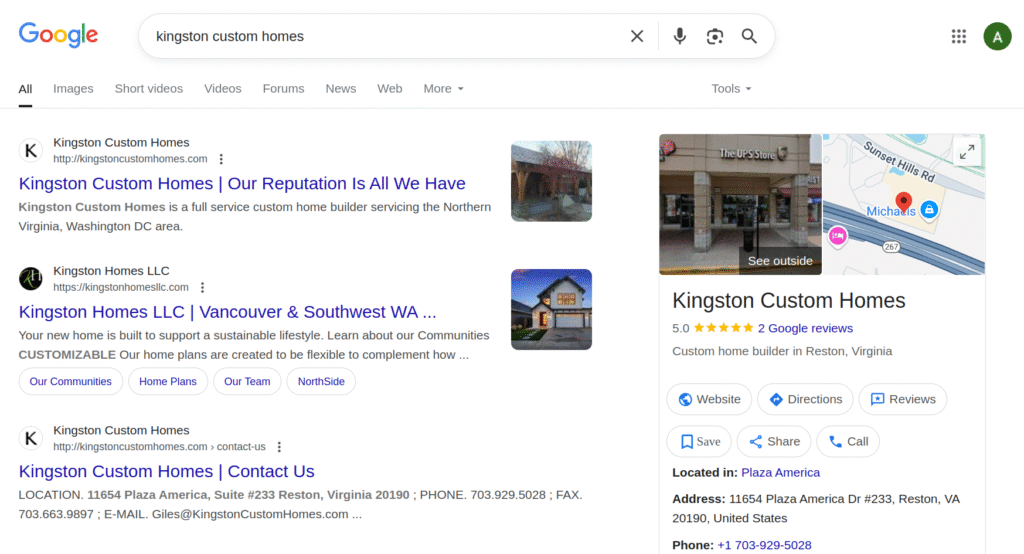
To optimize the profile, it’s better to
- Have high-quality photos of the real office
- Keep contact info, hours, and service area updated
- Respond to client reviews (to negative ones, too)
The Google Business Profile is often a client’s first impression. Keeping it updated and good-looking can be a deciding factor for calling or scrolling in search of more reliable profiles.
Build a Professional Website
When clicking the ads, the client will navigate to the general contractor’s website, and it needs to do more than look good.
Clients visit general contractor websites not to browse casually but to look for answers. A professional website needs to list services and address the client’s concerns.
For instance, contractors can include FAQs to address questions related to project deadlines, tools, and equipment they use.
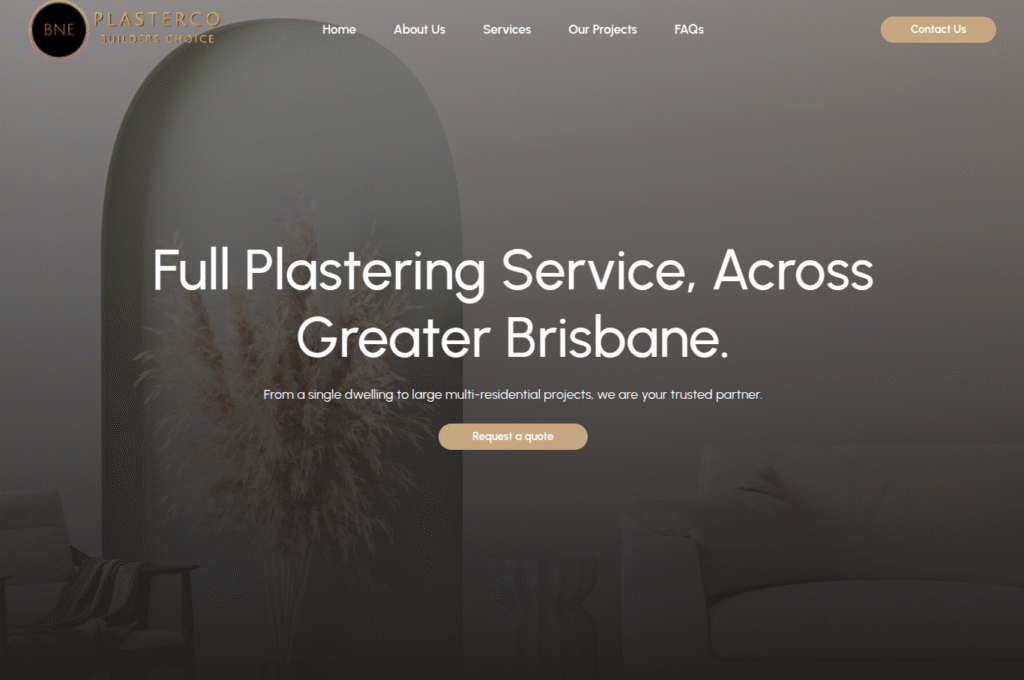
Professional websites should have a clear call to action, like “Request a quote”, which is short and visible. Make it easy for visitors to take the next step and hire you.
Invest in Converting Content
Before the campaign starts, think about what content will be advertised. This does not mean a text on a page. Effective content includes case studies, behind-the-scenes photos, and anything else that shows how your business operates day to day.
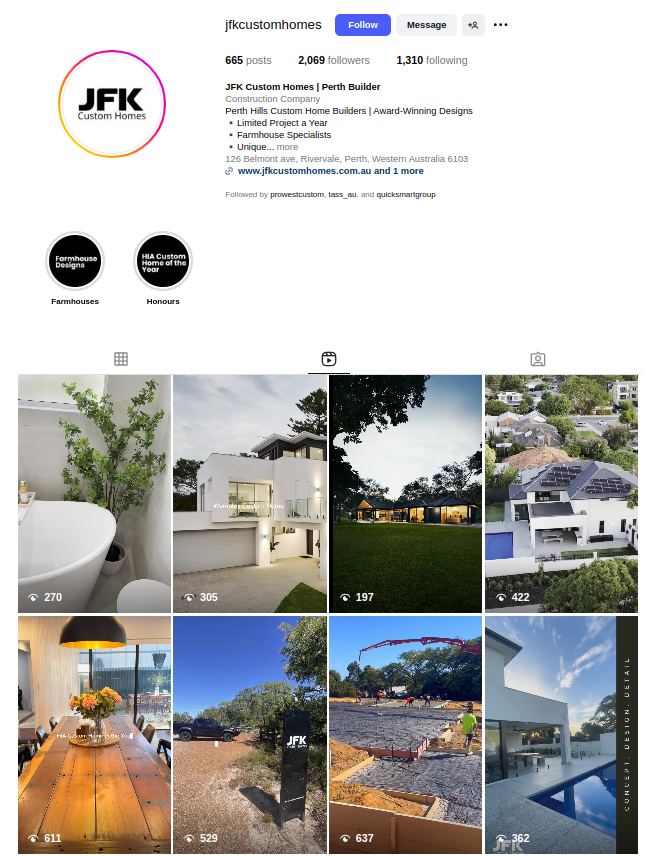
Therefore, it’s important to invest efforts into some valuable content. For example, before-and-after shots, walkthroughs of completed projects, or even clips showing what construction management software you use to stay organized.
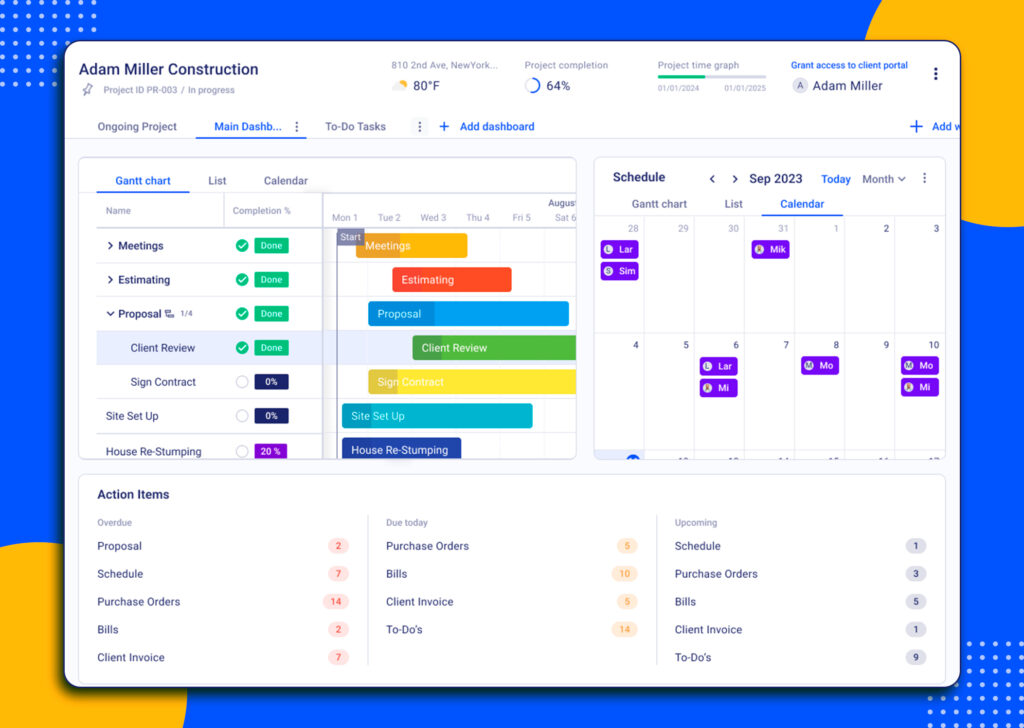
Great advertising isn’t built in isolation. Relevant and transparent content about the company’s workflow is more likely to turn clicks into clients. So don’t treat content and advertising as separate efforts.
Best Advertising Channels for Contractors
Traditional advertising, like placing company banners on-site, running newspaper ads, or even a quick spot on local TV, used to bring in leads. This still works in some cases. For example, a well-placed banner showing the finished result of a nearby home can spark interest among potential customers.
However, social media advertising has been growing steadily worldwide, and the construction industry is no exception. If done right, online campaigns provide precise targeting, real-time results, and better return on investment (ROI). Let’s figure out how to launch ad campaigns on Google and social media.
PPC Advertising for Contractors
Pay-per-click (PPC) is an advertising strategy where you pay only when someone clicks the ad. This means you are paying for real, measurable interest, not for impressions only.
This method allows advertisers to display their ads on search engines and social media. The advertiser can set ads to show only in specific areas, for instance, within 20 miles of your office, or in specific zip codes or cities.
PPC for Search Engines
Search ads on Google are one of the most effective PPC channels for contractors. For example, when people search for “custom home builder in Miami”, someone’s ad may appear at the top of Google search results.
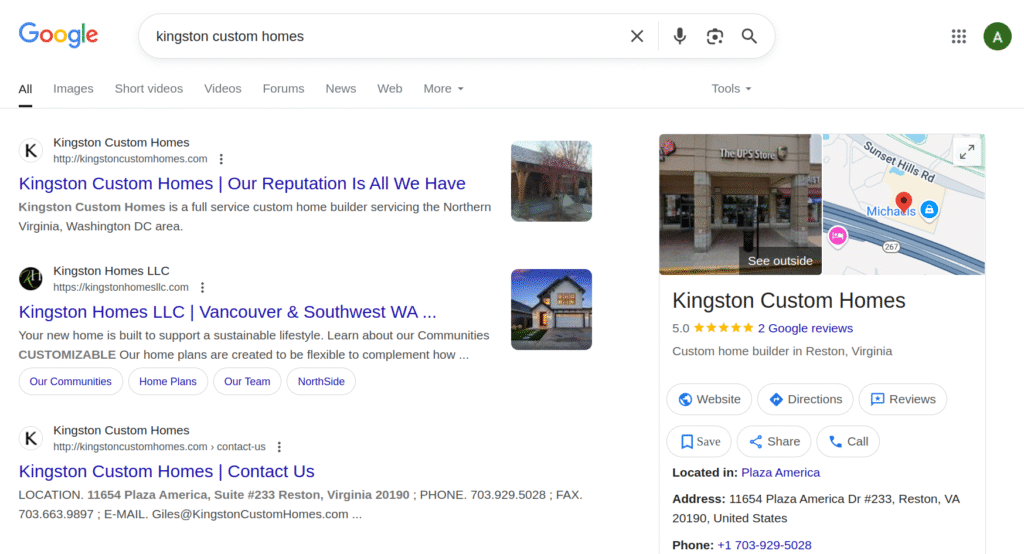
To run these kinds of ads, advertisers typically use platforms like Google Ads. Here you set your target keywords (custom home builder in Miami), define your service area, and write short text to drive clicks.
With Google Ads, it’s possible to run campaigns on Google Search, YouTube, and other Google-owned platforms.
The best part is that there is no strict budget. The advertiser decides how much to spend every day or week, and not to be charged more than the limit.
Search engines use an auction system. If several general contractors are targeting the same keywords, the highest bids show first. It’s possible to start with a modest daily budget and adjust it based on the performance.
💡Example:
A contractor runs a $25/day campaign targeting “custom home builder in Austin”. If the average cost-per-click (CPC) is $5, the advertiser can get around 5 qualified clicks per day. In a few days, based on the performance, one will see which keywords perform best and can change the budget.
PPC for Social Media
This type of advertising helps contractors reach clients on social media channels. Unlike search engine PPC, which focuses on users actively searching for services.
The main tool for Facebook and Instagram is Meta Ads Manager. It lets the contractors run highly visual campaigns using photos, videos, and Reels. Here general contractor can show success stories, for example, by sharing projects and behind-the-scenes photos.
Again, you can show the ads to homeowners in specific ZIP codes, with certain interests, or income levels. Besides, it’s easy to track the results of your campaign.

Social Media Advertising
Platforms like Facebook and Instagram are ideal for showing a full custom home build or kitchen remodeling. On social media, general contractors can target clients long before they start searching for services.
Besides, it is possible to follow your competitor’s actions on Ad Library by searching for a keyword, an ad, or an advertiser.
How to Boost Posts and Visuals on Facebook and Instagram
Boosting posts on Facebook and Instagram is one of the easiest ways to get started with social media advertising. This doesn’t require much technical knowledge.
Start by choosing a high-performing post. This is when you understand the advantage of high-quality content, like a visual showing the skills and expertise.
Then click the “Boost Post” button directly on your Facebook Page or Instagram app (linked to your Facebook Business Manager). Reels under 60 seconds work especially well for showing transformations, timelapses, or real client feedback.
Users can be targeted by age, location, and gender. Meanwhile, advanced targeting will focus on interests and behaviors. For example, a general contractor can target users aged 30-60 who live in Orange County, California, and are interested in home renovation and have been recently browsing home remodeling content.
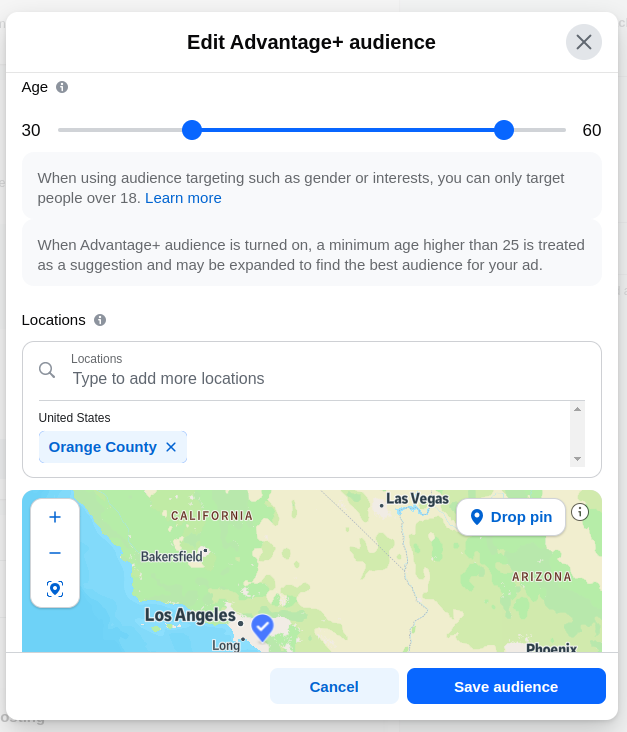
Boosting vs. Campaigns
Boosting is a simple and fast way. It takes a few clicks to set a budget, pick a target audience, and start running the promotion. Boosting is a great option when the goal is visibility, engagement, or brand awareness.
Running ad campaigns inside Meta Ads Manager offers more customization and targeting. This method of advertising for contractors is great if the goal is to collect leads or get people to message you directly. Here, it’s not about choosing just one post. The advertiser can pick a text and a visual and generate an ad. Besides, the user can set different goals depending on the campaign.
- Lead Generation: Collect emails or phone numbers directly through a built-in form without leaving Facebook or Instagram.
- Website Traffic: Send visitors to your website or a specific landing page.
- Calls or Messages: Encourage people to call your business or send a message.
- Engagement: Increase likes, comments, and shares to build awareness.
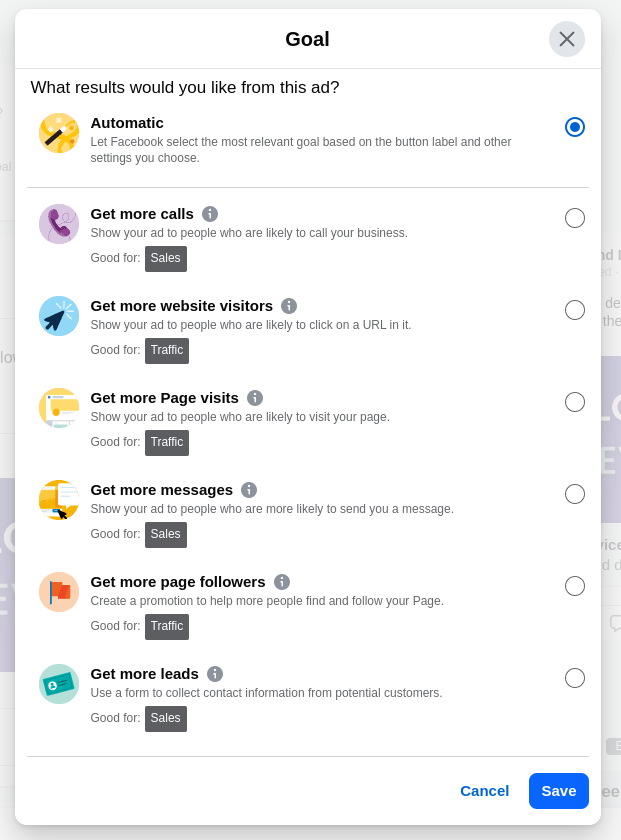
Social Media Platforms Beyond Meta
While Meta is the best for outreach, other channels have different advantages for general contractors depending on the target audience.
LinkedIn is a more niche platform useful for B2B targeting. This works if a building firm wants to target commercial projects or vendor partnerships. Besides, ads here are more expensive than on Facebook and Instagram, with a minimum daily budget starting at $10.
TikTok, on the other hand, is better for engaging a younger audience. It’s a great platform for timelapses and before/after storytelling content.
Marketing Beyond Ads
Advertising targets clients directly, but it’s not always effective to run campaigns without taking a break. Long-term marketing strategies keep clients engaged and turn them into loyal clients.
Get Found Organically with SEO
Many homeowners search on Google without clicking ads. A strong search engine optimization (SEO) strategy ensures that the company’s website ranks for relevant and key terms as “custom remodel in Chicago.”
This means a general contractor needs clear website pages to show the services. Each solution or service, like “custom homes” or “farmhouses,” should have its dedicated page, a landing page. Use location-specific keywords such as “Los Angeles home builder” in the headings and throughout the content. This helps Google match your website to local searches.
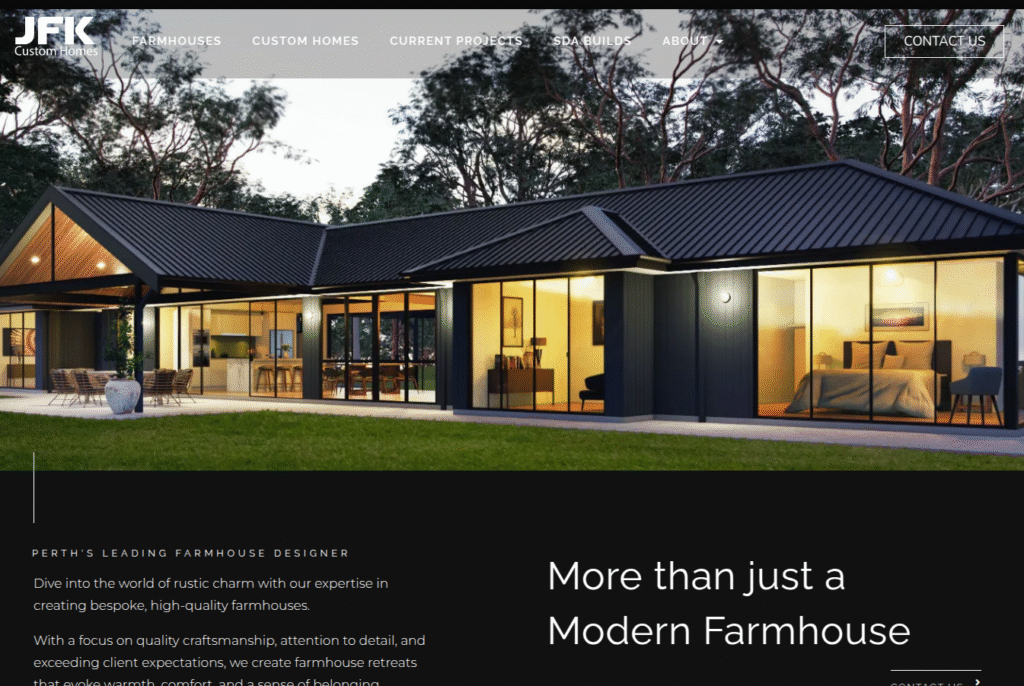
Besides, the technical features of the website are important. It ideally should load in under 3 seconds and be mobile-friendly.
Client Referrals and Reviews
Word-of-mouth remains a powerful tool to win new projects in the construction industry. People willing to build a house are likely to trust recommendations from their friends or neighbors.
This is the reason that building long-term relationships and collecting client reviews is a part of marketing strategy. Encourage satisfied clients to leave feedback on Google and Facebook as positive reviews improve visibility in local search results.
However, it’s better to start the communication strategy not after but during the project. Having transparent communication channels is an advantage and makes a lasting impression. Buildern, for example, enables a contractor and a homeowner to communicate and exchange real-time information without leaving the construction management software.
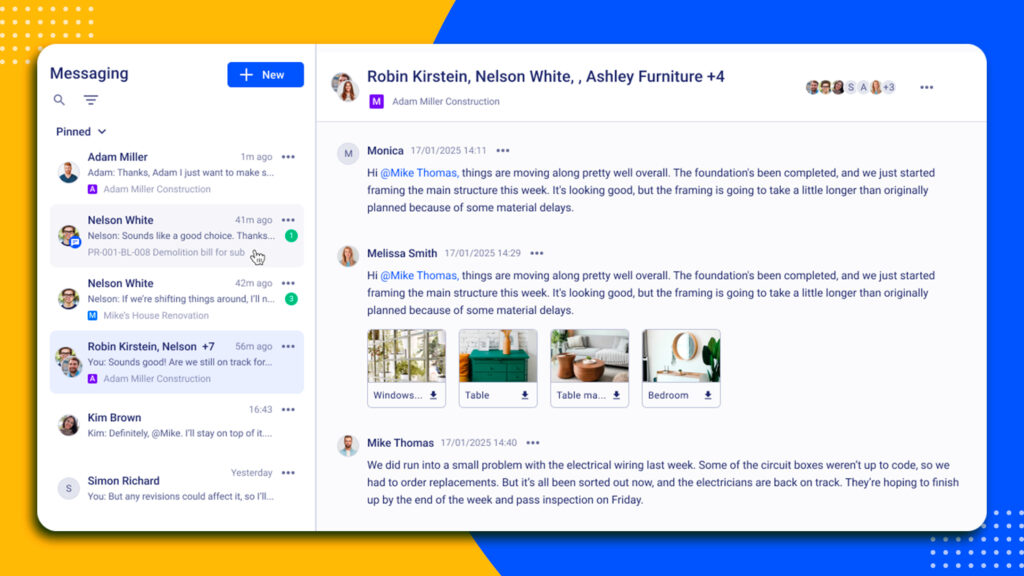
When supported by excellent communication and project transparency, referrals and reviews work better.
What Is the Advertising for Contractors?
There is no universal solution. The advertising for contractors depends on goals and the target audience. PPC ads on Google are great to target homeowners searching for services.
Meanwhile, boosting posts and launching ad campaigns on social media platforms helps in promoting project visuals even before clients start searching.
What Kind of Content Works Best for Contractor Ads?
The proof of good quality and expertise will bring in more leads. The most powerful content for general contractors is the on-site videos and photos of their ongoing and previous projects. The more real-time visuals you have, the better your campaign will work.
How Can Contractors Use Their Ad Budget Effectively?
General contractors can start from small amounts, like $5 per day, to test different formats and visuals. They have to check metrics and insights to improve or make shifts whenever needed. Regardless of the format and ad type, it’s essential to have high-quality content to make people click the ads.

